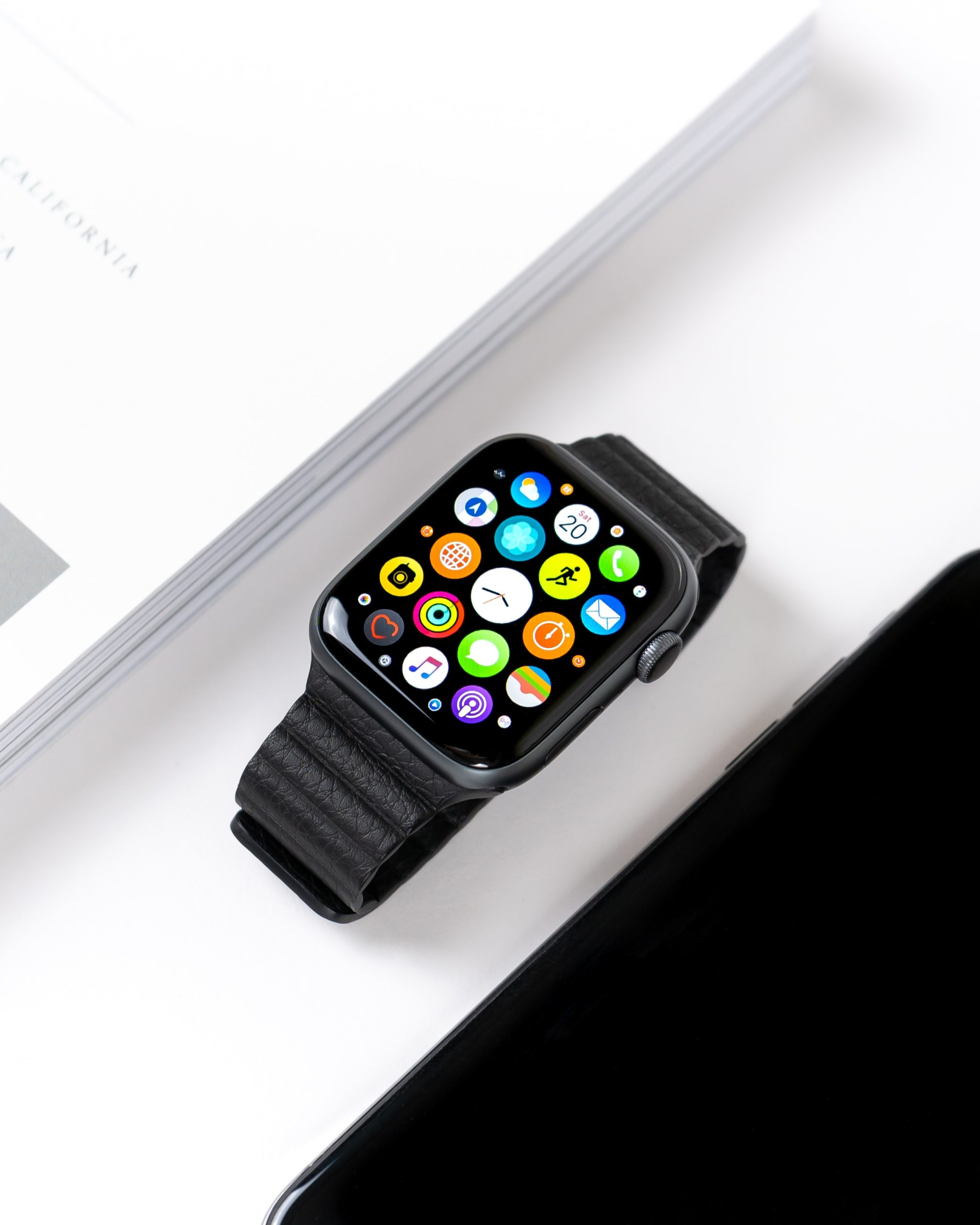Your Apple Watch is a powerful tool for monitoring your fitness and daily activities, but its accuracy depends heavily on proper calibration. Calibration ensures your watch accurately records metrics such as distance, speed, and calories burned. This guide will walk you through the steps to calibrate your Apple Watch, ensuring you get the most precise data from your workouts.

Why Calibrate Your Apple Watch?
Calibrating your Apple Watch improves the accuracy of several key features:
– Distance and Pace: Especially important if you run or walk outdoors without an iPhone.
– Calories Burned: Calibration ensures more precise energy expenditure readings.
– GPS Accuracy: Calibration fine-tunes the watch’s built-in GPS for better route tracking.
Step-by-Step Guide to Calibrate Your Apple Watch
1. Prepare for Calibration
Before starting, ensure the following:
– Wear Your Watch Properly: Make sure the watch fits snugly on your wrist. Loose fitting can affect sensor accuracy.
– Fully Charge Your Watch: Calibration might take some time, so ensure enough battery life.
– Enable Location Services:
1. On your iPhone, go to Settings.
2. Tap Privacy & Security > Location Services.
3. Ensure Location Services is turned on, and scroll down to select Apple Watch Workout. Set it to While Using the App.
2. Perform an Outdoor Workout
Calibration involves completing a workout in an open, flat area where the watch can capture consistent data. Here’s how:
1. Open the Workout App: On your Apple Watch, launch the Workout app.
2. Select Outdoor Walk or Run: Choose Outdoor Walk or Outdoor Run. These activities are ideal for calibration.
3. Walk or Run for 20 Minutes: Maintain a natural, steady pace. The watch will use your pace, stride length, and movement patterns to calibrate.
Tip: If you can’t complete a 20-minute session in one go, you can spread it across multiple sessions. The watch will combine data from multiple outdoor workouts.
3. Calibrate for Different Speeds
To ensure accuracy across various activities, perform calibration at different paces:
– Normal Walking Speed: Helps track daily steps.
– Brisk Walking or Running: Improves accuracy for high-intensity workouts.
4. Check Motion Calibration Settings
Ensure motion calibration is enabled:
1. On your iPhone, open Settings.
2. Tap Privacy & Security > Motion & Fitness.
3. Toggle on Fitness Tracking and Health.
5. Verify Calibration Accuracy
After calibration, test the accuracy:
– Compare Data: Use another fitness tracker or a smartphone app to measure the same distance.
– Check GPS Routes: Review your walking or running routes in the Fitness app to see if the GPS path matches your actual route.
Troubleshooting Calibration Issues
– Check Software Updates: Ensure your Apple Watch and iPhone are running the latest software.
– Reset Calibration Data:
1. Open the Watch app on your iPhone.
2. Go to My Watch > Privacy > Reset Fitness Calibration Data.
3. After resetting, perform a new calibration session.
– Reboot Devices: Restart both your Apple Watch and iPhone if you encounter persistent issues.
Benefits of Accurate Calibration
– Better Fitness Insights: Reliable data helps you track progress and set realistic goals.
– Enhanced Workout Feedback: Receive more accurate notifications on pace, distance, and heart rate zones.
– Optimized Calorie Tracking: Whether you’re losing weight or maintaining fitness, precise calorie tracking is essential.
Calibrating your Apple Watch is a simple yet crucial step to ensure accurate tracking of your activities. By performing regular outdoor workouts and checking essential settings, you enhance the reliability of your fitness data. Proper calibration not only improves metrics like distance and calories but also provides more meaningful insights into your overall health and performance. With these steps, you can make the most of your Apple Watch’s powerful features.
